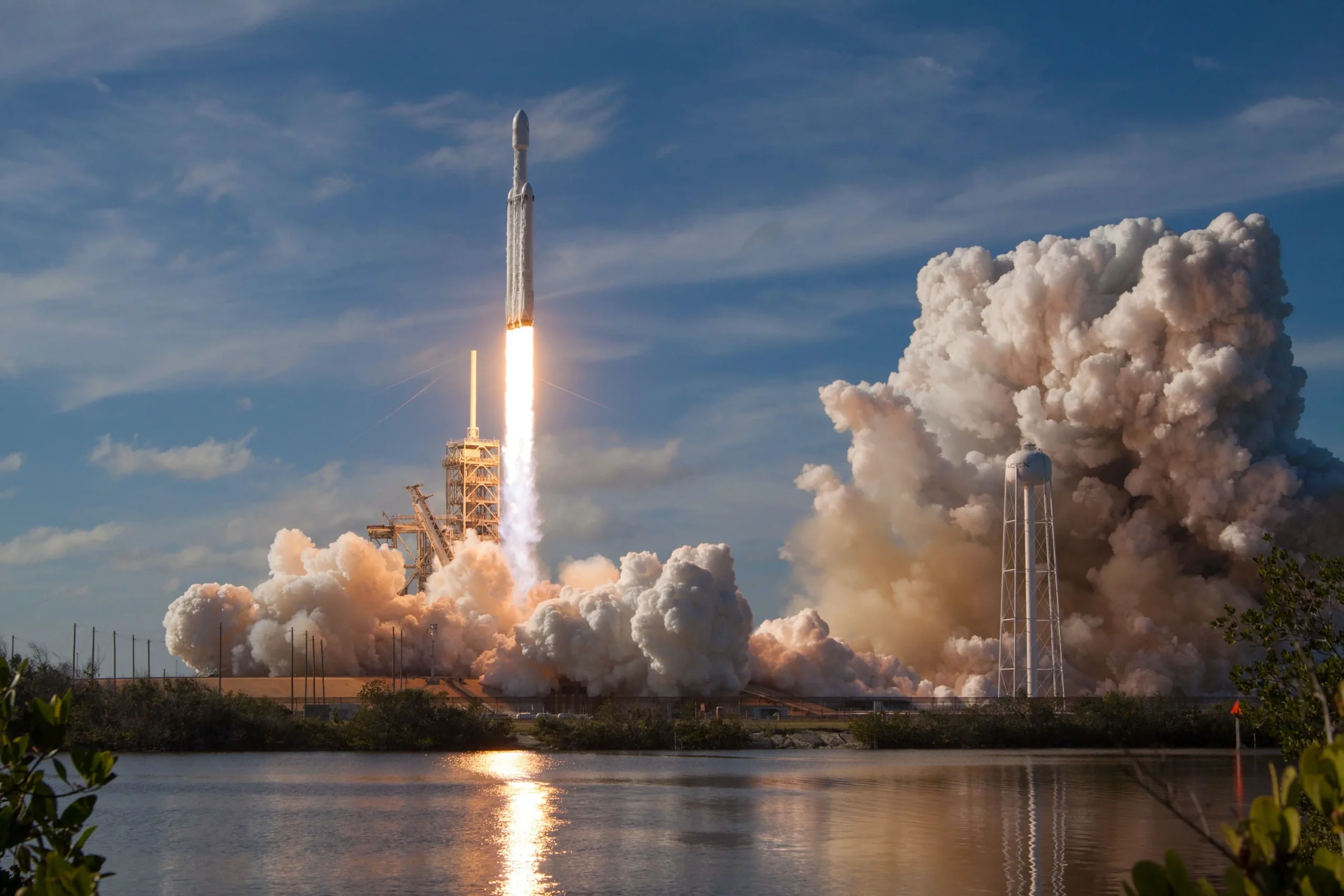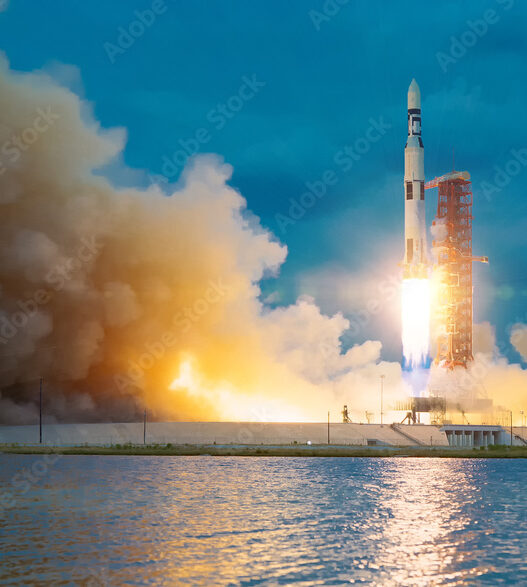In a groundbreaking achievement, the Indian Space Research Organization (ISRO) has triumphantly deployed the magnetometer boom on the Aditya-L1 satellite. This deployment is a significant step in measuring the low-intensity interplanetary magnetic field present in space.
Aditya-L1 magnetometer boom unveiled
On January 11, ISRO revealed the successful deployment of the six-meter-long magnetometer boom in the Halo orbit at Lagrange point L-1. Remarkably, this deployment occurred after 132 days in stowed condition following the Aditya-L1 launch.
Cutting-Edge Technology on Board
The magnetometer boom hosts two state-of-the-art, high-accuracy fluxgate magnetometer sensors designed to measure the low-intensity interplanetary magnetic field in space. Positioned at distances of 3 and 6 meters from the spacecraft body, these sensors play a crucial role in minimizing the impact of the spacecraft-generated magnetic field on measurements. The utilization of two sensors aids in the precise estimation of this influence, with the dual sensor system effectively canceling out the spacecraft’s magnetic influence.

Construction and Mechanism Details
According to ISRO, the boom segments are constructed from carbon fiber-reinforced polymer, serving as interfaces for sensor mounting and mechanism elements. The articulated boom mechanism consists of five segments interconnected through spring-driven hinge mechanisms. This innovative design allows for both folding and deploying actions.
Aditya-L1 Solar Mission Journey
India’s maiden solar mission, Aditya-L1, reached the L1 point approximately 1.5 million km from Earth on January 6. This milestone occurred 127 days after the spacecraft’s launch on September 2, 2023. The solar observatory at L1 is specifically focused on observing and understanding the chromospheric and coronal dynamics of the sun in a continuous manner.
Continuous Sun Observation at L1
The strategic positioning of the Aditya-L1 satellite at the L1 point enables continuous observation of the sun. This position, located roughly 1.5 million km from Earth, provides a unique vantage point for studying the chromospheric and coronal dynamics of the sun. The solar observatory at L1 is a testament to India’s commitment to advancing space exploration and enhancing our understanding of celestial phenomena.
In conclusion, ISRO’s successful deployment of the Aditya-L1 magnetometer boom represents a significant milestone in space exploration. With cutting-edge technology and meticulous planning, India’s space agency continues to make strides in unraveling the mysteries of the interplanetary magnetic field and exploring the dynamics of the sun’s outer layers.





